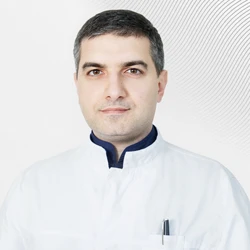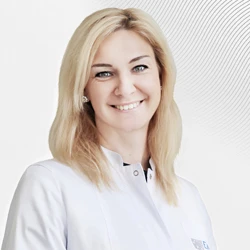Fertilization can be carried out using "standard ЭКО " or ICSI (in particular, ПИКСИ , IMSI and PIMSI). In standard IVF, eggs are placed in a special medium in a suspension of sperm cells and left in an incubator for several hours. In ICSI, the embryologist selects the sperm himself (assessing its motility and morphology) and inserts it into the egg. Since the egg is very small (about 1/10 mm) and extremely sensitive to external influences, the ICSI procedure requires very high qualifications. PIXIES, IMSI, and PIMSI differ from the "simple" ICSI in a more complex way of selecting sperm.
Next, the embryologist cultivates the embryos in special media, in special cultivation cups, in incubators with constantly controlled temperature, humidity and concentration of gases in the atmosphere. Cultivation takes place within 5-7 days with regular assessment of embryo development and periodic change of media and plates. At the end of cultivation, the embryologist, together with a reproductive specialist, transfers the embryos into the uterine cavity. If necessary, the embryologist performs an auxiliary hatching procedure before the transfer.Also, if necessary, the embryologist freezes embryos, eggs and spermatozoa.
A separate procedure can be performed PGD – preimplantation genetic diagnosis (checking the embryos for genetic abnormalities). To do this, the embryologist performs a biopsy of the embryos — removal of one to several cells from the embryo. This is — the most delicate embryological operation that not all embryologists can perform. The biopsy material is sent to a genetic laboratory for genetic analysis.
Thus, the embryologist:
- evaluates the quality of the obtained biomaterial: spermatozoa and eggs;
- performs fertilization in the laboratory;
- creates and controls optimal cultivation conditions;
- monitors that how embryos develop;
- performs assisted hatching;
- performs embryo biopsy;
- cryopreserves embryos, oocytes, and spermatozoa.
Was this information helpful?
Questions and answers
Sudden rises of blood pressure
How to stabilize sudden rises of blood pressure, accompanied by nausea and vomiting in a patient with chronic hypertension (it is not always clear what comes first - nausea and vomiting and, as a consequence, the blood pressure increase, or Vice versa).
An adjustment of appropriate permanent antihypertensive therapy is required for blood pressure to be stabilized. It is best to schedule a consultation with the cardiologist and undergo heart ultrasound, 24-hour blood pressure monitoring and ECG. You can make an appointment by phone +7 (495) 933-66-55. Specialists of
the Cardiology Department will be happy to help you.
...more
Extrasystoles
Extrasystoles appeared on my husband’s ECG following smoking cessation. He has a serious intension to undergo a thorough examination. What kind on up-to-date methods are used in your clinic?
EMS offers the most up-to-date methods of examination for your husband to clarify the nature of arrhythmias. ECHO-cardiography, 24 hour Holter monitoring ECG, loading tests, and, if needed, 24-hour blood pressure monitoring as well as all laboratory tests are available at EMC’s cardiology department. There is an
option to undergo a comprehensive examination under the program "Health Status after 40", which includes specialists' consultations, diagnostic laboratory and instrumental tests. We will be happy to help you. You can make an appointment by phone +7 (495) 933-66-55.
...more 
Dyagileva Mariya
08 September 2016
How soon another attempt is possible?
Twin pregnancy resulted from IVF, but cervical dilatation occurred and water broke at 20 weeks, so the pregnancy was not maintained. How soon another attempt is possible?
At least a year interval between childbirth and repeated IVF program is required. It is advisable to be prepared and to make every effort to get a singleton pregnancy.
Рolyp of the cervical canal
Hysteroscopy revealed a polyp of the cervical canal, it was removed, but there are plenty of micropolips. May I do IVF or they should be treated?
Usually, all polyps are removed at therapeutic and diagnostic hysteroscopy. It makes no sense to leave them in the uterus cavity. I think that if manipulation such as "Hysteroscopy with separate diagnostic curettage" was done, you have no polyps now and may safely prepare for IVF.
Рancreatic cancer
My wife of 64 years was diagnosed with pancreatic cancer in the autumn of 2014. Stage 4 was concluded. Surgery is impossible. There is a massive thrombosis. Three biopsies were carried out. A benign tumor was revealed. She lost a lot of weight. An episode of severe pain took place about one month ago. Currently, a
significant problem is the ascites, swollen legs; food is poorly digested, general discomfort. What can you recommend? Is it necessary to remove the fluid and what might be the consequences?
...more The picture you described is consisted with the concept of "metastatic ascites". Laparocentesis is appropriate as a therapeutic and diagnostic approach. Given the negative cytology, it is likely that the patient has a neoplastic disease of the colon, ovaries or stomach. Our experts will hold a consultation on the
same day and perform the procedure to verify the diagnosis and consider the possibilities of palliative treatment.
...more 
Pavel Koposov
07 September 2016
.webp)







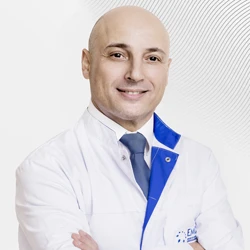







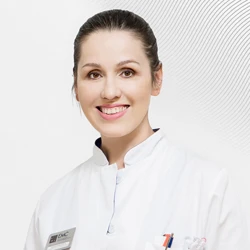
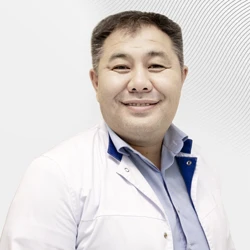
.webp)

.webp)


